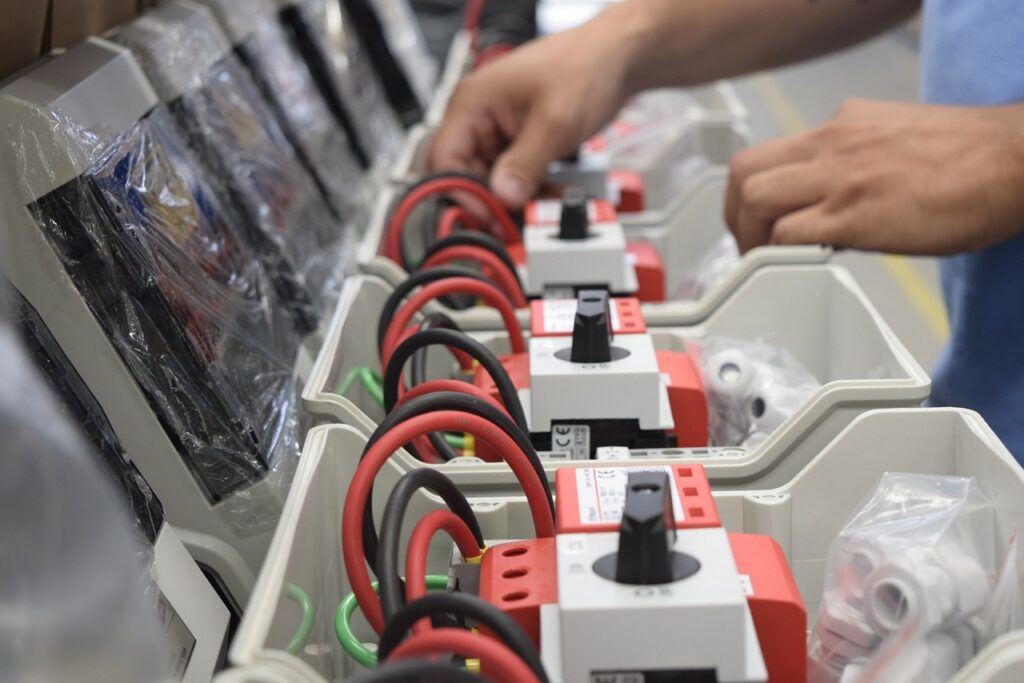How to Choose the Right Junction Box for Your Electrical Needs
Whether you’re a seasoned electrician or a DIY enthusiast, selecting the right junction box is crucial for any electrical project. Junction boxes are essential components that serve as protective enclosures for electrical connections, preventing hazards such as shocks and fires. With various types, sizes, and materials to choose from, it can be overwhelming to determine which one suits your specific needs.
In this blog post, we’ll guide you through the factors to consider when choosing a junction box, so you can make an informed decision and ensure the safety and efficiency of your electrical system. Without further ado, let’s get to the list.
Purpose of the Junction Box
The first and most important factor to consider when choosing a junction box is its purpose. You need to determine what type of electrical connection or function the junction box will serve. Is it for a new installation, repair, or replacement? Will it be used indoors or outdoors? Will it house low-voltage or high-voltage wires?
Knowing the answers to these questions will help you narrow down your options and find a junction box that meets the specific requirements of your project. For instance, you can find a junction box for outdoor that is weatherproof and moisture-resistant, or one for high voltage connections that can handle a larger capacity. Understanding the purpose of the junction box will also ensure its proper installation and prevent any potential issues.
Type of Wiring
The type of wiring that will be housed in the junction box is another crucial factor to consider. Some junction boxes are designed to accommodate specific types of wiring, such as armored cable (AC) or non-metallic sheathed cable (NM). Others are more versatile and can support various wiring types.
It’s crucial to ensure that the junction box you choose is compatible with your wiring to avoid any complications during installation. You should also consider the number of wires that will be connected in the box and choose a size that will comfortably accommodate them. Additionally, it’s essential to follow the guidelines and regulations set by your local building codes when it comes to wiring and junction boxes.
Location and Environment
The location and environment where the junction box will be installed is another critical factor to consider. If it’s for outdoor use, you need a junction box that is weatherproof and can withstand exposure to elements such as rain, snow, and extreme temperatures. For indoor use, you need a junction box that can be mounted securely on walls or ceilings.
Moreover, the location of the junction box also determines its proximity to potential hazards. For instance, if it’s near water sources or flammable materials, you need a junction box with the appropriate safety ratings. Always consider the surroundings of the installation location to ensure the safety and functionality of your junction box.
Capacity and Size
Junction boxes come in various sizes, and it’s crucial to choose one that can accommodate all your wiring connections comfortably. The capacity of a junction box is determined by its volume, which is measured in cubic inches. It would help if you considered the number and size of wires, connectors, and devices to be connected in the box.
Choosing a junction box with insufficient capacity can result in overcrowding, which can lead to overheating and potential safety hazards. On the other hand, choosing an oversized junction box can waste space and increase costs unnecessarily. Make sure to calculate the necessary volume and choose a junction box that meets the capacity requirements of your project.
Material and Durability
The material of the junction box plays a significant role in its durability and longevity. Junction boxes are commonly made from materials such as plastic, metal, or fiberglass. Each material has its advantages and disadvantages, so it’s essential to consider the environment and conditions where the junction box will be placed.
For instance, plastic junction boxes are lightweight and cost-effective but may not be suitable for high-temperature environments. Metal junction boxes are more durable and can withstand extreme temperatures but may be prone to rusting in wet locations. Fiberglass junction boxes offer a good balance of durability and corrosion resistance, making them ideal for outdoor use.
Additional Features
Lastly, you may want to consider any additional features or functionalities that come with the junction box. Some boxes are equipped with pre-installed connectors, cable clamps, or grounding screws, which can save time and effort during installation. Others may have built-in ventilation or mounting options for easier installation and maintenance.
Additionally, some junction boxes are rated for specific purposes, such as explosion-proof or fire-rated boxes, which may be necessary depending on your project’s requirements. Consider these features when choosing a junction box to ensure its compatibility with your electrical system and the safety of your property.
Choosing the right junction box for your electrical needs requires careful consideration of factors such as purpose, type of wiring, location and environment, capacity and size, material and durability, and additional features. By taking these factors into account, you can ensure the safety and efficiency of your electrical system and avoid potential hazards. It’s also essential to follow local building codes and regulations and consult a professional as needed to ensure proper installation and functionality of your junction box.





